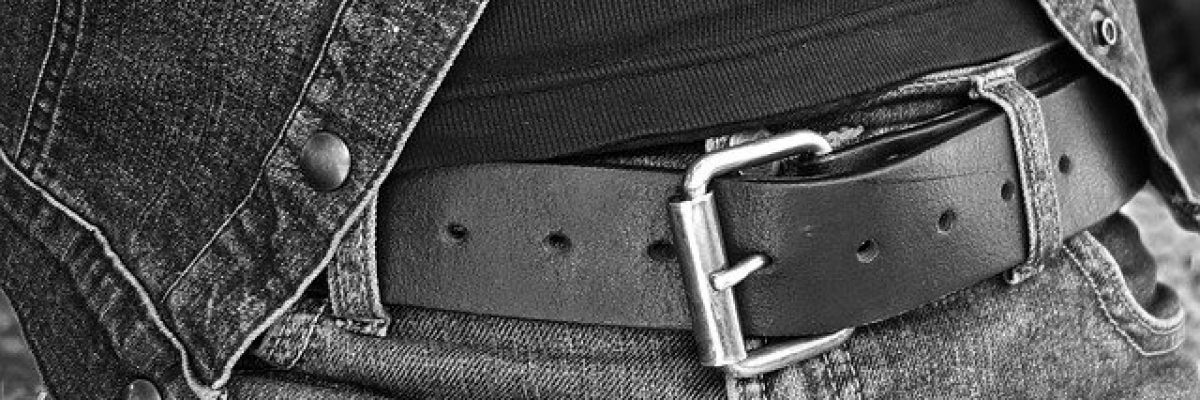The pain relieving expert is asked: What about pain that occurs when you lie on your side or pain in the hip when you climb stairs is pure torture? Any idea?
“Especially after resting or in the morning there is a sharp pain in the hip or groin. Sometimes it is the case that a diagnosis has already been made. Hip joint inflammation (Coxitis), hip impingement or hip joint arthrosis is the medical term.
I believe that one-sided movements and lack of movement are the main causes of many complaints. Frequent sitting and trained unilateral movement patterns also play a key role in hip pain”.
So you know. Good to know. But where is the problem in the hip joint?
“The hip joint is not the cause of the complaints. And certainly not the cause of the pain. The problem is in the “soft tissues”, more precisely in the muscle and fascial tissue. Long hours of sitting cause tension in the front parts of the body. When the body straightens up again afterwards, the back half of the body, especially the buttocks, has to withstand and counteract this force. Otherwise the person would fall over forwards. “
And how does this lead to arthrosis?
“We are talking about a condition that builds up over years, decades. The tensions are getting bigger and bigger. The head of the hip joint is pulled further and further into the joint capsule. This results in a constantly increasing pressure that slowly “crushes” the cartilage within the joint.If this unfavourable situation persists for longer, changes in the articular cartilage due to excessive wear and tear and finally arthrosis of the joint can be the result”.
Now I still don’t understand how muscles and facies are involved in that.
“The body is trained to follow a certain pattern through daily activities. The more often a movement is done, the more efficient it is. So the necessary opposite movement becomes more and more uncomfortable, because it is very rarely trained.
Therefore this movement is very rarely done. If I train a muscle strongly, it becomes shorter, to put it simply – a lot of sitting means a lot of training. Over the years, less and less room for manoeuvre becomes possible, as the shortening increases and increases. The body recognises the problem and protects the structure. How? It sends a pain into the problem zone.
To avoid the damaging movement. So it is not the joint that is the cause, but the body’s protective mechanism”.
Ok… that’s a lot info… Solutions?
“![]() I see. Very quick solutions can be reached by a personal conversation with me. Basically, however, the following applies – in order to normalise the body’s protective function again, the movements that one has only rarely made are particularly recommended and actively stretched, not passively stretched, but actively. This switches off the pain.
I see. Very quick solutions can be reached by a personal conversation with me. Basically, however, the following applies – in order to normalise the body’s protective function again, the movements that one has only rarely made are particularly recommended and actively stretched, not passively stretched, but actively. This switches off the pain.
I would be happy to provide more information on this topic at a later date.”













